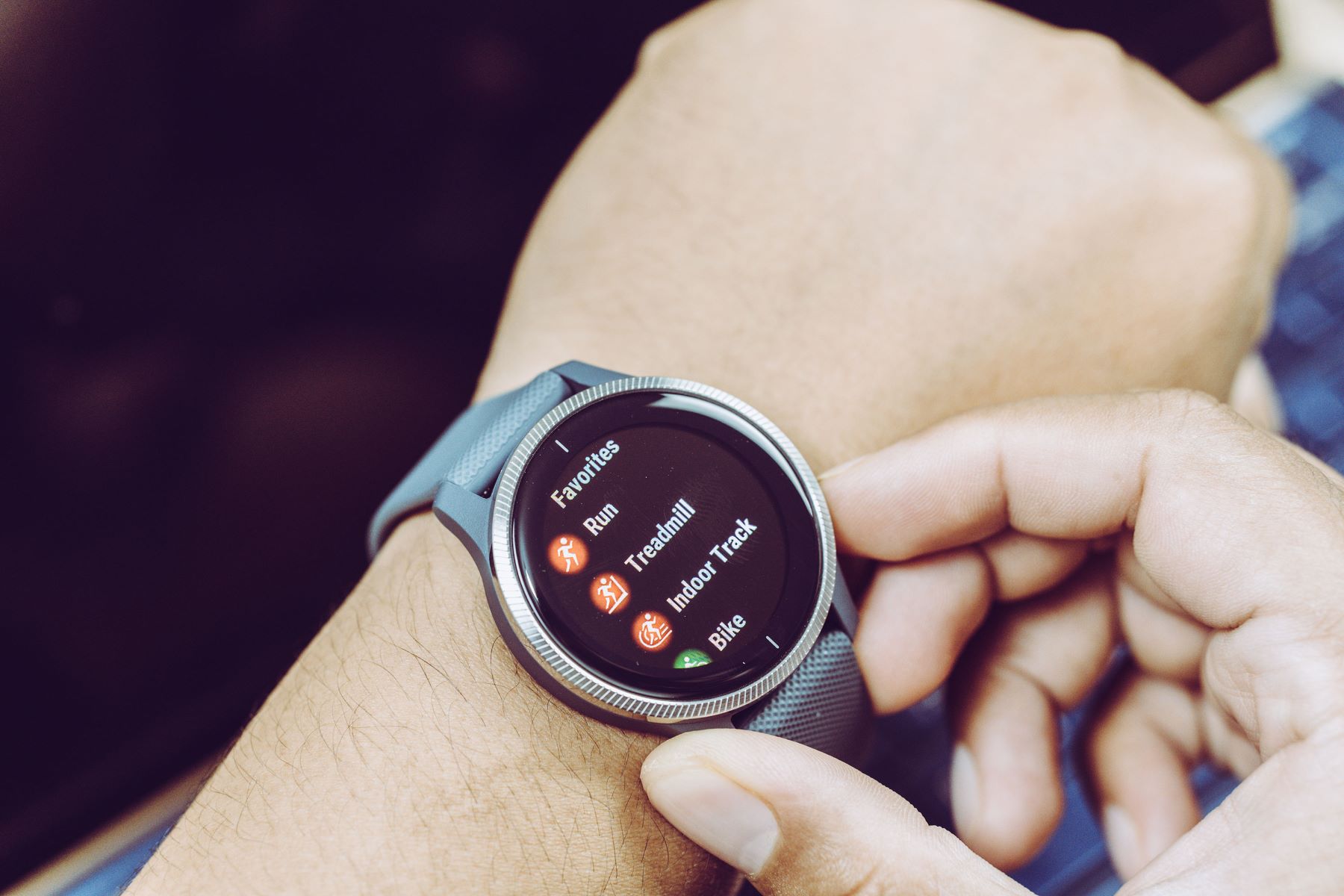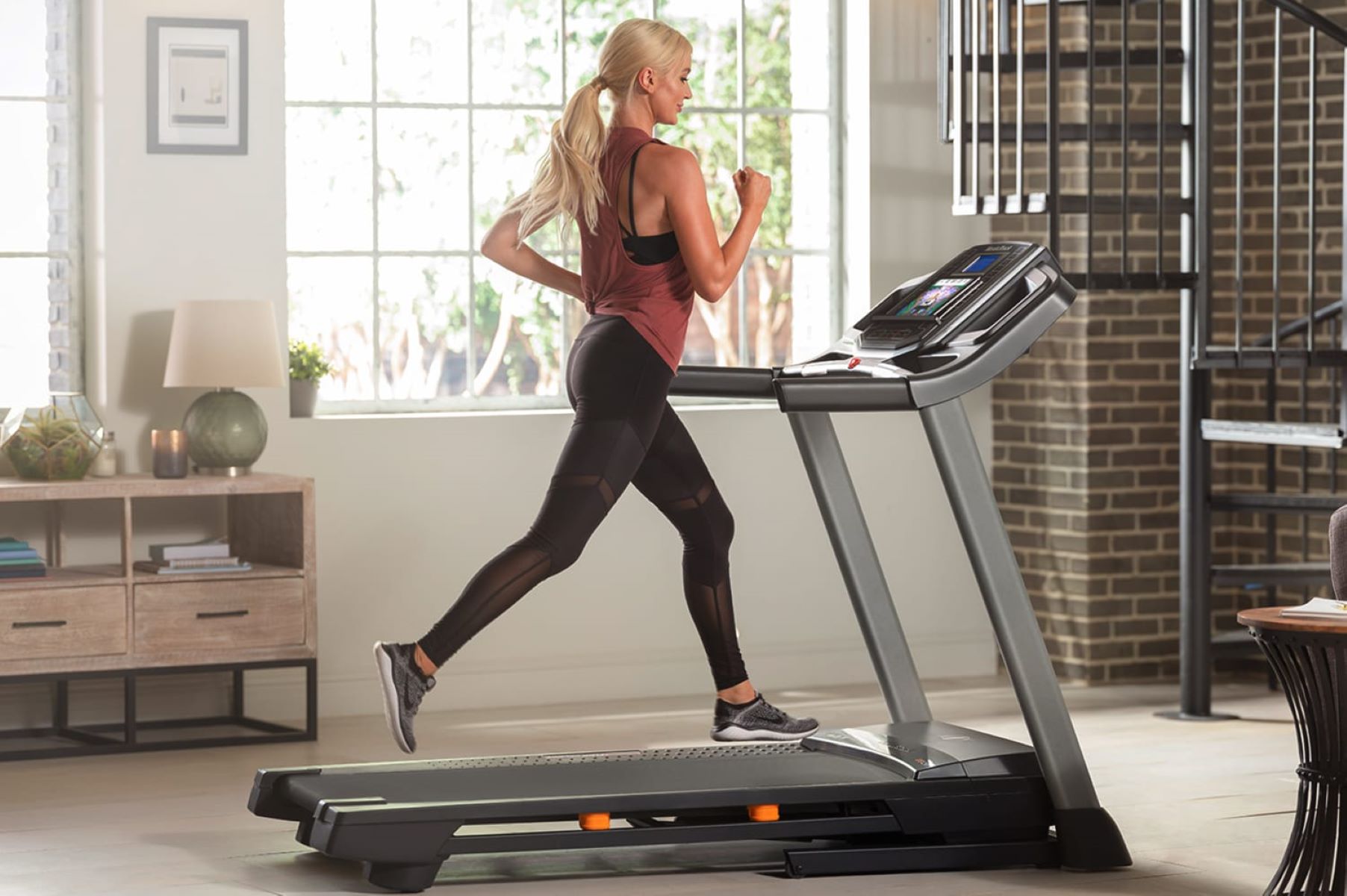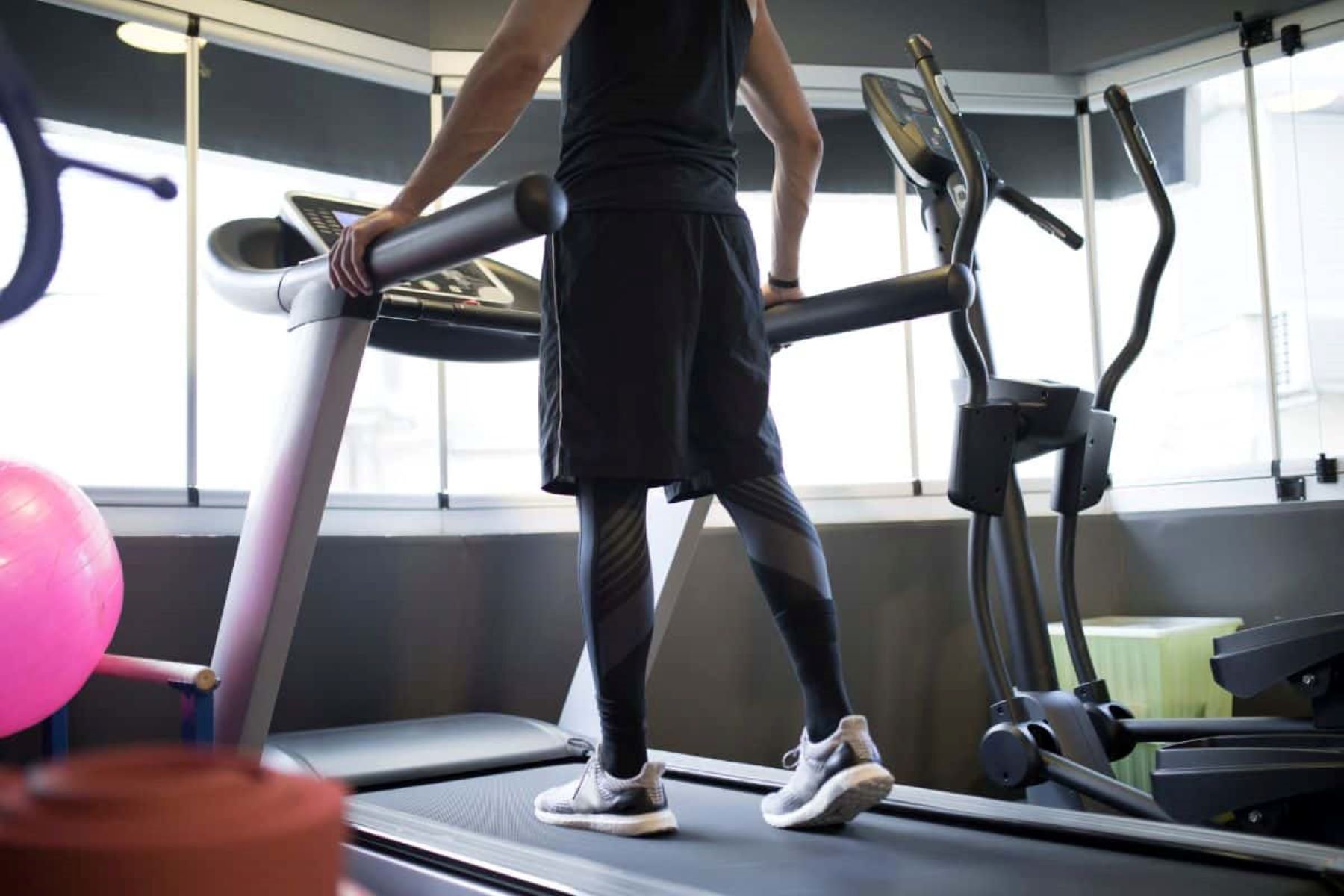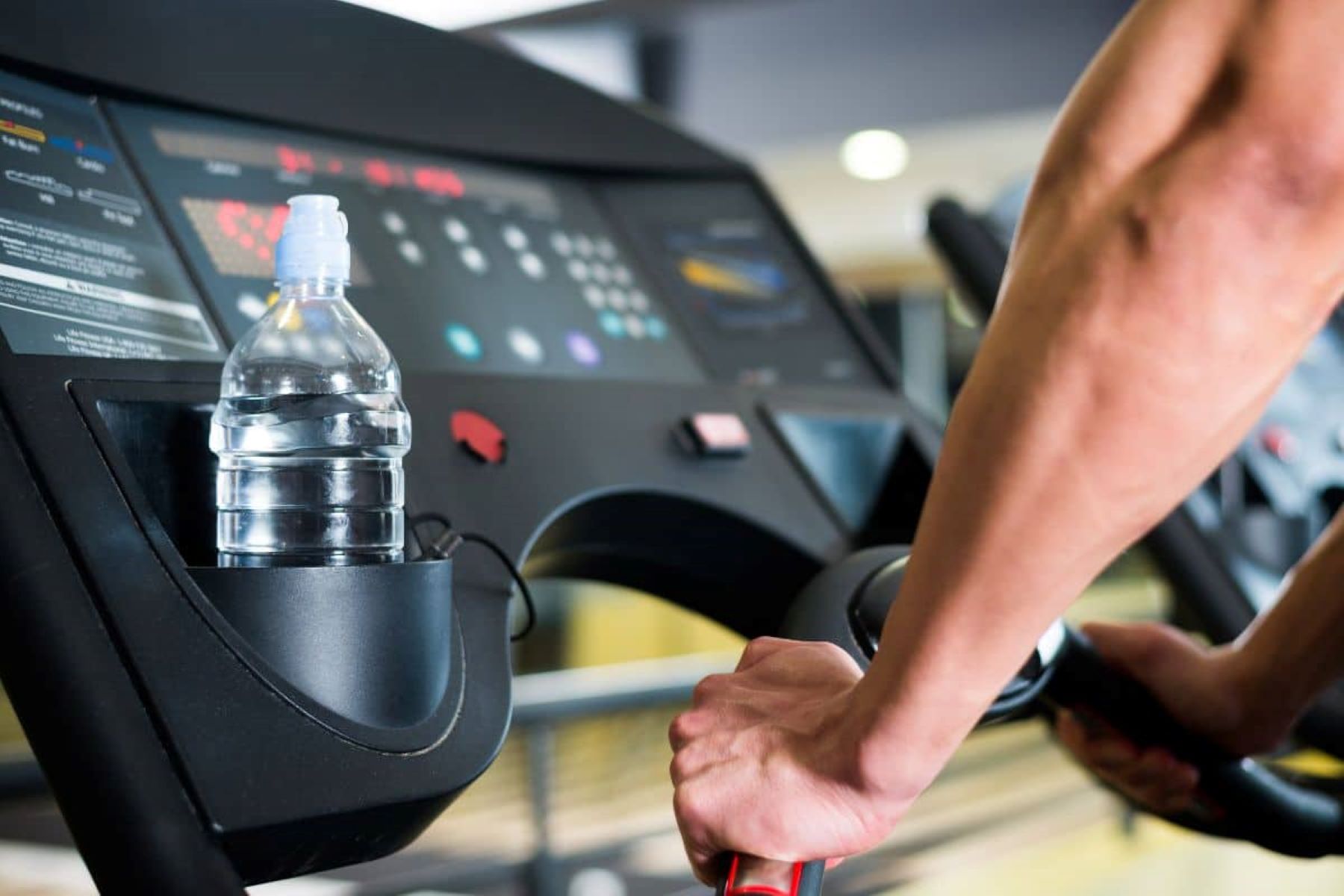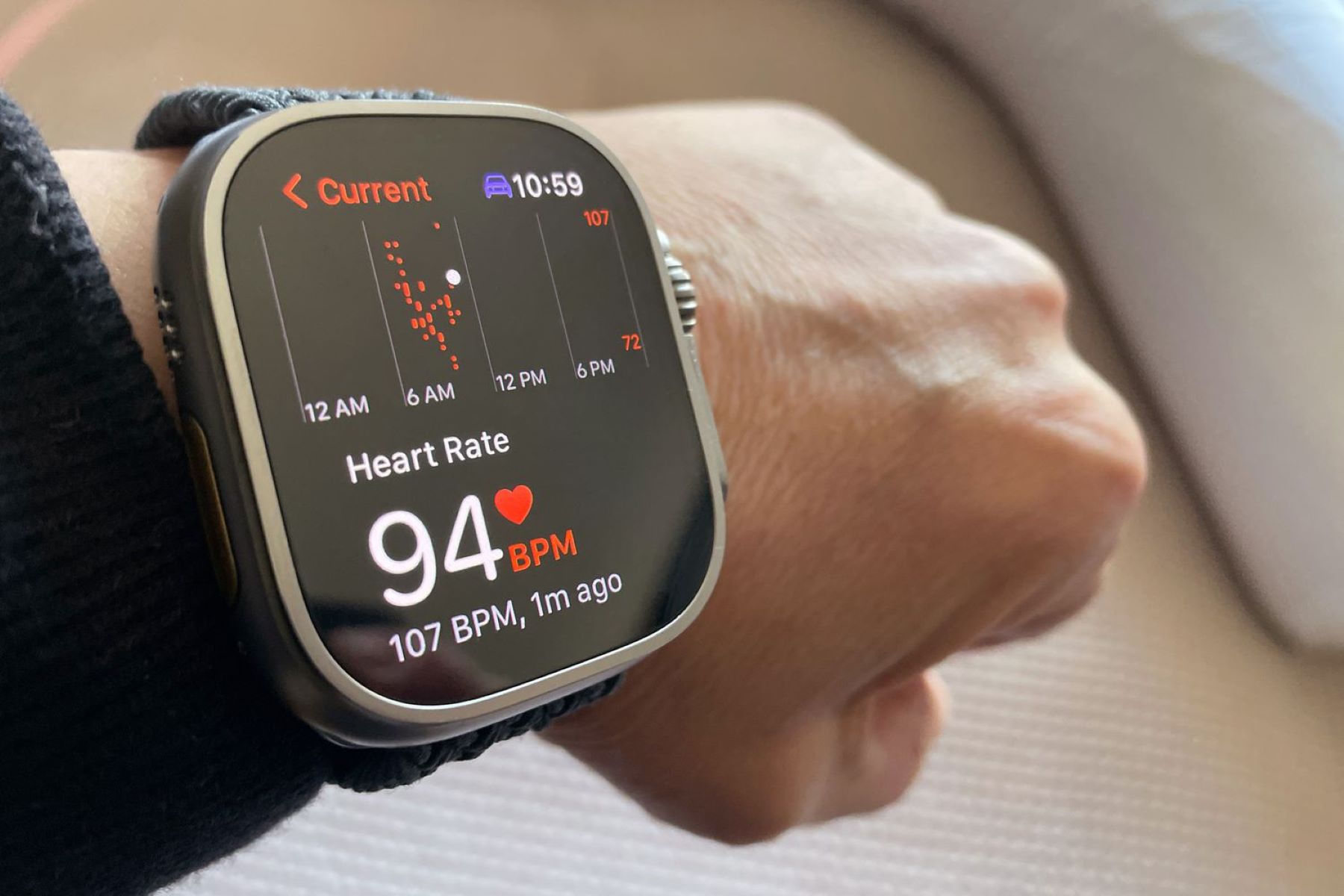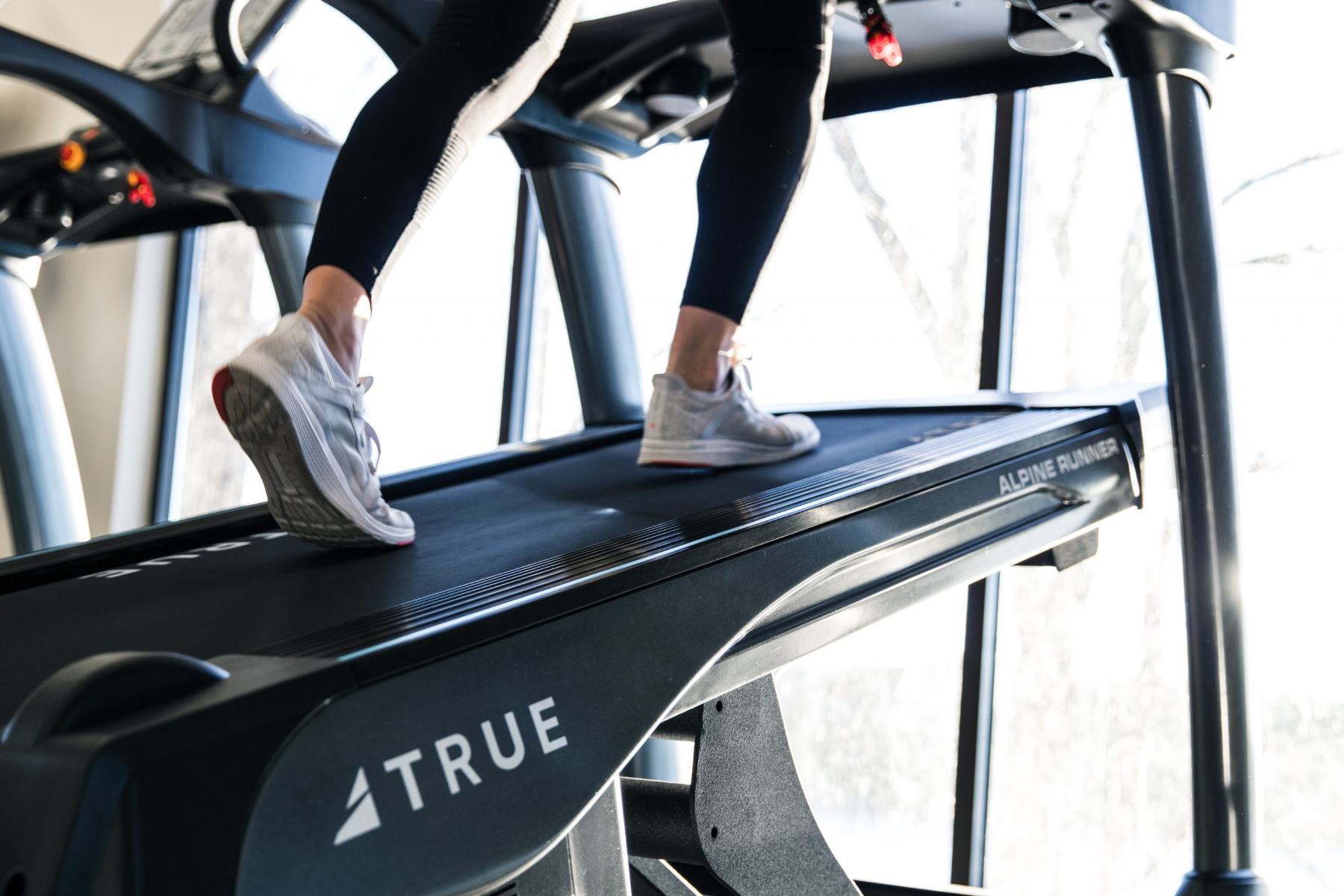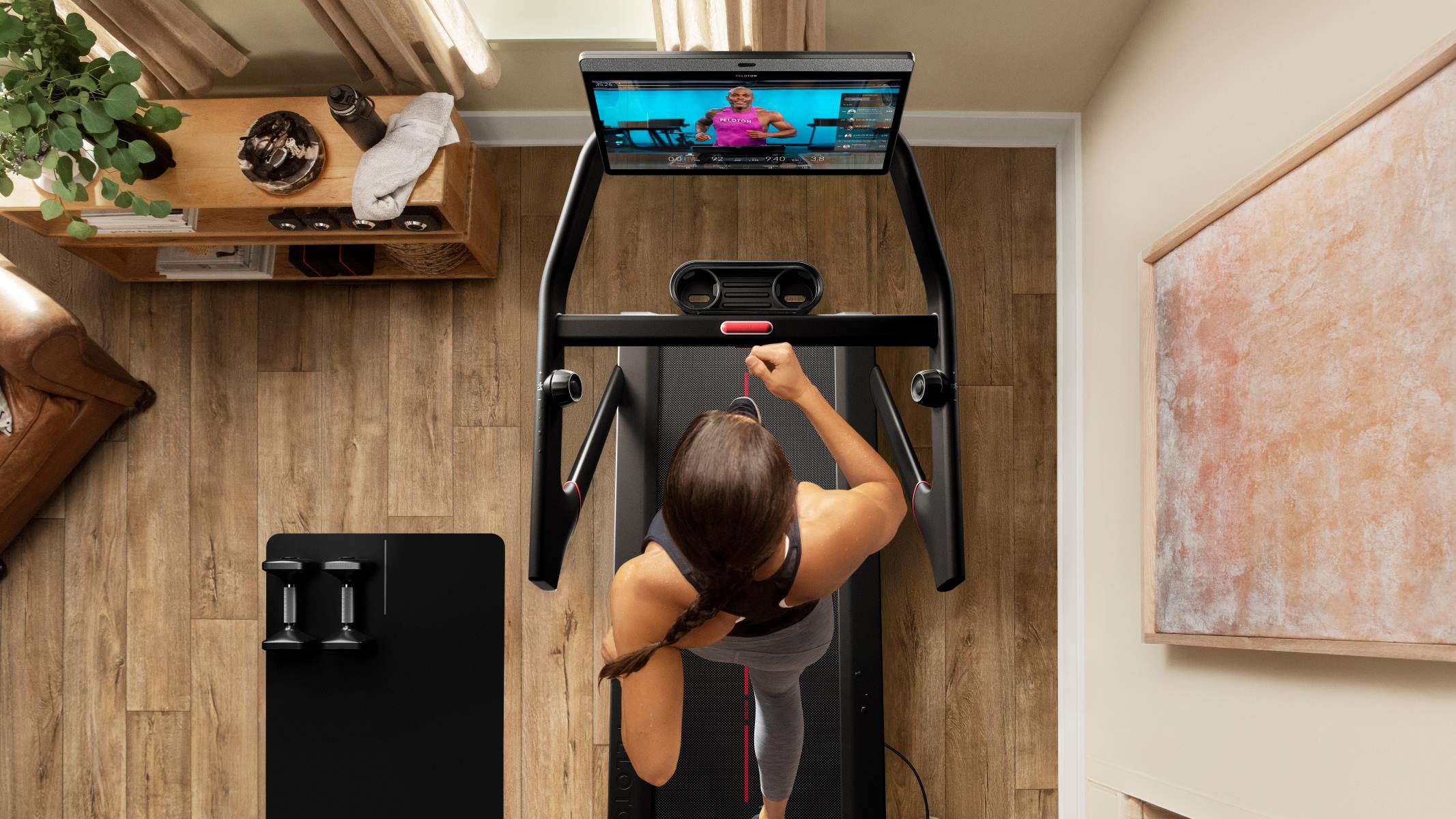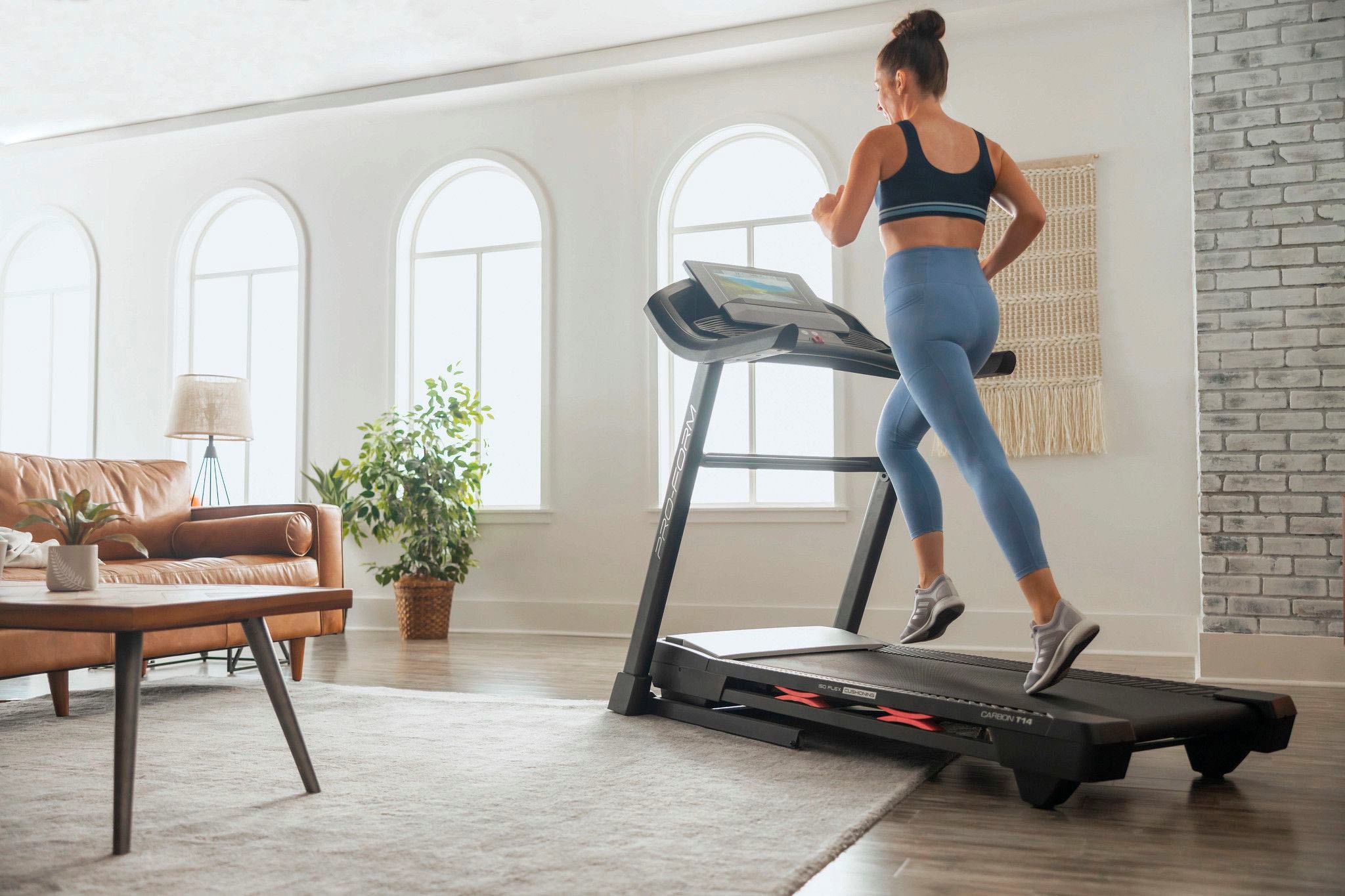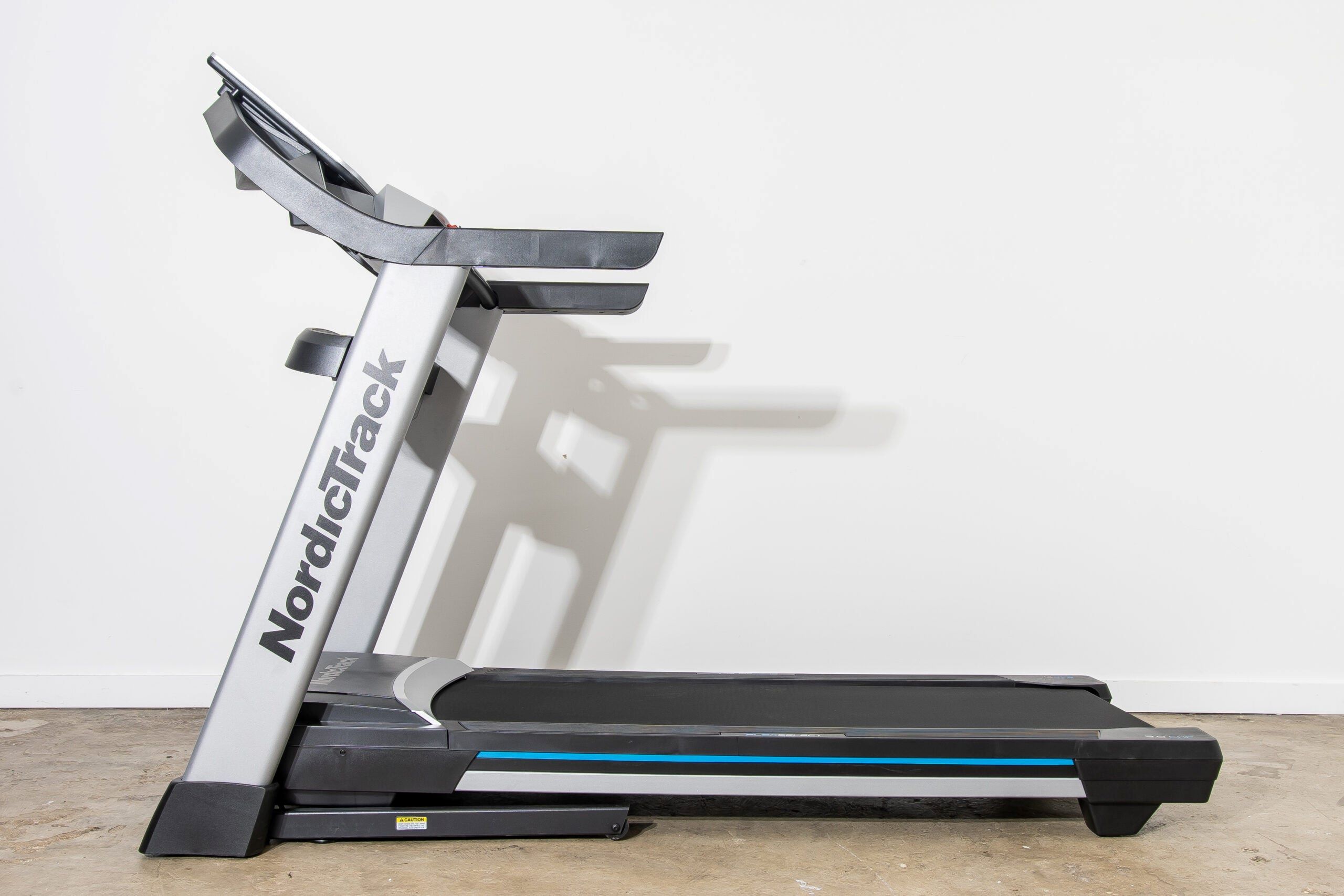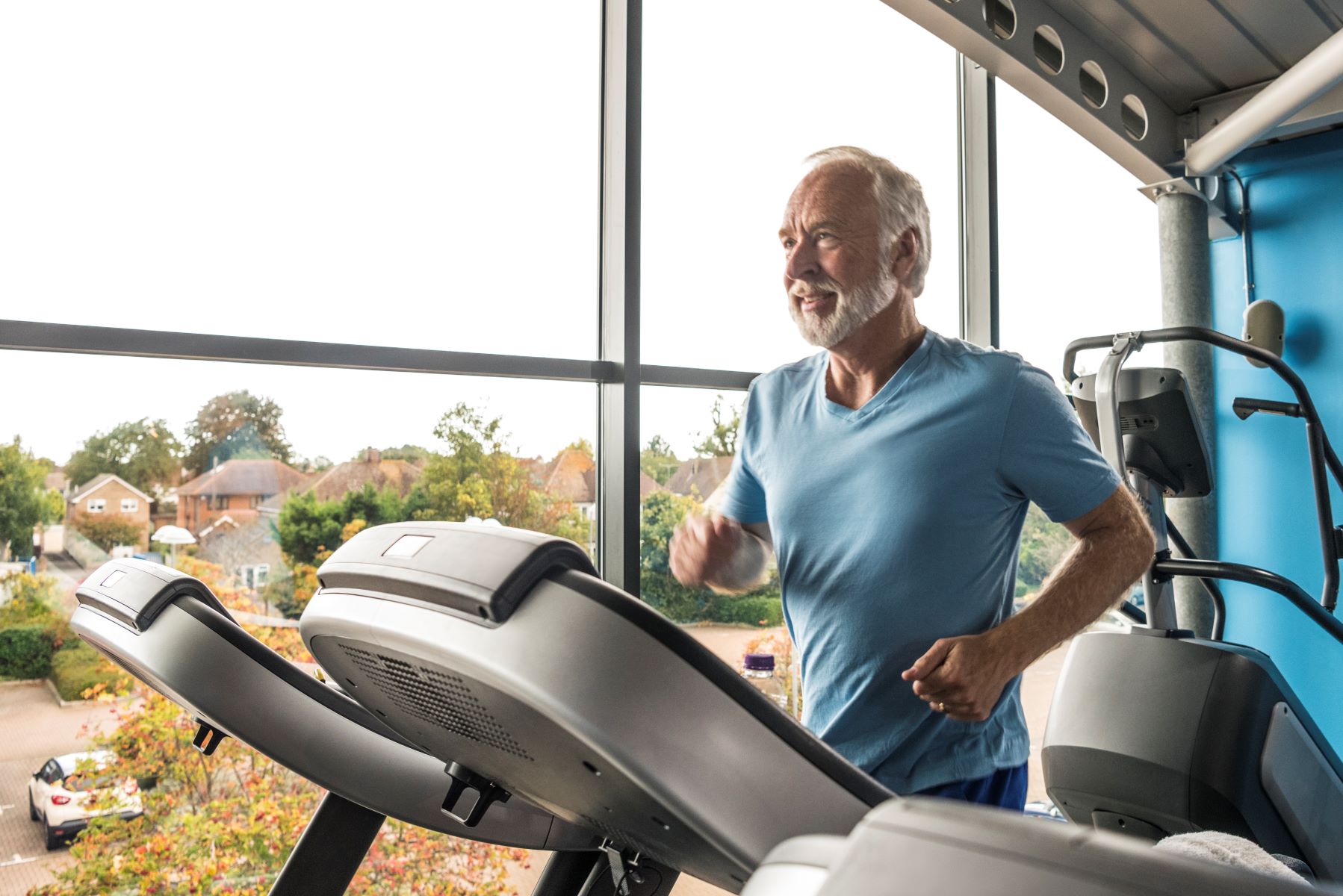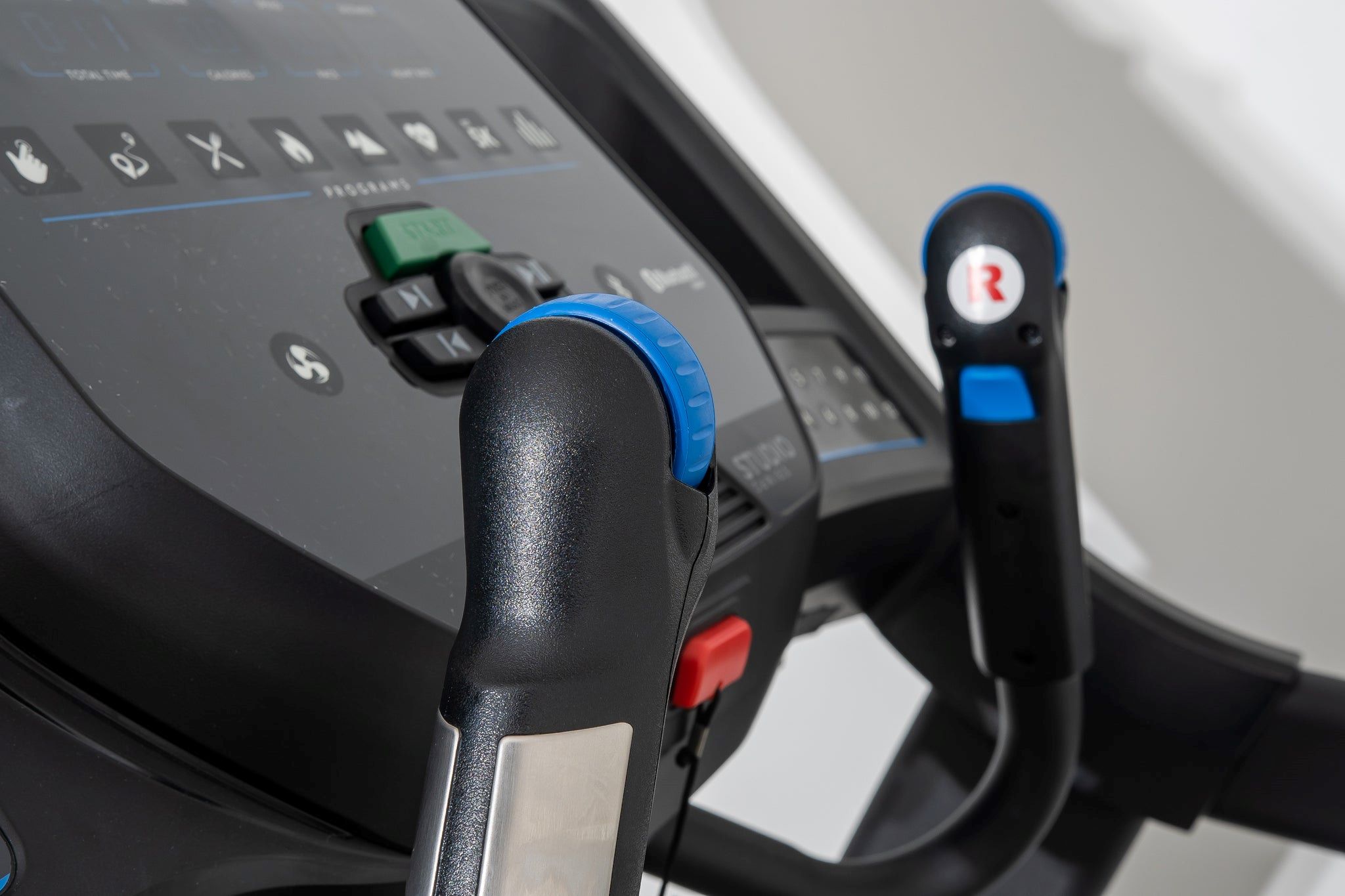

Featured
How To Calibrate A Treadmill
Modified: August 18, 2023
Learn how to properly calibrate your treadmill with our featured guide. Ensure accurate speed and incline measurements for an effective workout.
Introduction
Welcome to our comprehensive guide on how to calibrate a treadmill. Whether you’re a fitness enthusiast, a professional athlete, or someone who simply enjoys staying active, it’s essential to ensure that your treadmill is performing accurately. Calibration is the process of adjusting your treadmill’s settings to ensure precise measurements of speed, distance, and incline. By calibrating your treadmill regularly, you can trust that the information displayed on your treadmill console is reliable and accurate.
Running or walking on an incorrectly calibrated treadmill can lead to a discrepancy between the perceived exertion and the actual level of effort you’re putting in. This can make it difficult to track progress, set achievable goals, and accurately compare workout results over time. Additionally, an improperly calibrated treadmill may impact the effectiveness of training programs or hinder recovery from injury.
In this guide, we will provide you with a step-by-step process to calibrate your treadmill, discuss the importance of calibration, and offer troubleshooting tips for common issues you may encounter. By following these instructions, you’ll be able to optimize your treadmill’s performance and enjoy a more accurate and effective workout experience.
Why Is Treadmill Calibration Important?
Treadmill calibration is a crucial aspect of maintaining the accuracy and reliability of your fitness equipment. Here are some key reasons why calibrating your treadmill is important:
- Accurate Measurement of Speed and Distance: Calibration ensures that the treadmill accurately measures speed and distance. If your treadmill is not properly calibrated, you may end up with inaccurate readings, leading to skewed training data and an inaccurate assessment of your progress.
- Effective Training and Goal Setting: Calibration plays a vital role in setting and achieving training goals. Whether you’re training for a marathon, looking to improve your cardiovascular endurance, or simply trying to burn a certain number of calories, an accurately calibrated treadmill will help you track and monitor your progress effectively.
- Consistent Workouts: With calibration, you can ensure consistent workouts regardless of the settings or programs you choose on your treadmill. This is particularly important if you’re following a specific training plan that involves specific speeds, inclines, or duration. Consistency is key to achieving optimal results.
- Optimal Performance: A properly calibrated treadmill will provide a smooth and efficient workout experience, allowing you to focus on your form and technique without any distractions. It ensures that you’re getting the most out of your exercise session, putting in the right amount of effort, and minimizing the risk of injury.
- Comparable Results: Calibration ensures that your treadmill’s measurements can be compared with other treadmills or outdoor running. This is particularly beneficial if you’re training for a race or need to assess your fitness level against industry standards or benchmarks.
By regularly calibrating your treadmill, you can optimize its performance, improve the accuracy of your training data, and have confidence in the results you achieve. Now that we understand the importance of calibration, let’s move on to the next section, where we’ll discuss the items you’ll need for the calibration process.
What You Will Need
Before you begin the treadmill calibration process, it’s important to gather the necessary items to ensure a smooth and successful calibration. Here’s a list of what you’ll need:
- Treadmill Manual: Locate the manual that came with your treadmill. It contains important information specific to your treadmill model, including calibration instructions and recommended tools.
- Tape Measure: A tape measure will be needed to measure the distance between specific points on the treadmill. Make sure it’s long enough to measure the desired distances accurately.
- Level Surface: To calibrate your treadmill accurately, you’ll need a level surface. Ensure that your treadmill is placed on a stable and even floor. Using a leveling tool can help confirm if the surface is even.
- Heart Rate Monitor (Optional): Some treadmill models offer heart rate monitoring as part of their console features. If you have a heart rate monitor, have it available during the calibration process to ensure accurate readings during calibration and workout sessions.
- Assistant (Optional): While not necessary, having an extra pair of hands can be helpful during the calibration process. They can assist with taking measurements, holding the tape measure, or operating the treadmill console while you focus on following the calibration steps.
Having these items ready before you start the calibration process will streamline the process and help you avoid any unnecessary interruptions or delays. Once you have everything prepared, you’re ready to move on to the next section, where we’ll provide a step-by-step guide to calibrating your treadmill.
Step-by-Step Guide to Calibrating a Treadmill
Calibrating your treadmill may seem intimidating at first, but with the right approach, it can be a straightforward process. Follow these step-by-step instructions to ensure a successful calibration:
- Refer to the Manual: Familiarize yourself with the calibration instructions provided in your treadmill’s manual. Different treadmill models may have unique calibration procedures, so it’s essential to follow the specific instructions for your equipment.
- Warm Up the Treadmill: Before starting the calibration, allow the treadmill to warm up for a few minutes by running it at a moderate pace. This helps ensure that all components are properly engaged and ready for calibration.
- Set the Treadmill to a Flat Surface: Ensure that the treadmill is positioned on a level surface. Use a leveling tool or a bubble level to confirm that the surface is even. Adjust the treadmill’s height or position if necessary to achieve a level placement.
- Measure Belt Tension: Begin by checking the belt tension of the treadmill. Refer to the manual for the recommended belt tension specifications. Using the appropriate tools, adjust the belt tension as instructed to ensure it falls within the specified range.
- Check Speed Calibration: Depending on your treadmill model, there may be a speed calibration feature or a specific method to verify and adjust the treadmill’s speed accuracy. Follow the steps outlined in your manual to calibrate and verify that the displayed speed matches the actual speed.
- Verify Distance Calibration: Measure out a specific distance, such as 1 mile or 1 kilometer, on your treadmill. Use a tape measure to ensure accuracy. Begin walking or running at a consistent pace, and compare the distance covered on the treadmill display to the measured distance. Adjust the calibration settings if necessary.
- Check Incline Calibration: If your treadmill has an incline feature, it’s essential to calibrate it as well. Follow the steps provided in the manual to adjust the incline settings accurately. Use a level or the built-in incline calibration feature (if available) to ensure the incline matches the selected setting.
- Repeat and Fine-tune: After calibrating the speed, distance, and incline, perform a repeat test to validate the accuracy of the adjustments. Fine-tune the calibration if needed to achieve the desired accuracy.
Remember to consult your treadmill’s manual throughout the calibration process for any additional steps or specific instructions. By following these steps, you can ensure that your treadmill is accurately calibrated for optimal performance.
Tips for Ensuring Accuracy
When calibrating your treadmill, it’s important to pay attention to details and follow best practices to ensure the highest level of accuracy. Here are some tips to help you calibrate your treadmill effectively:
- Read the Manual: Take the time to thoroughly read the manual that came with your treadmill. It contains valuable information specific to your model, including calibration instructions and tips.
- Use Proper Tools: Utilize the recommended tools for calibrating your treadmill. This may include a tape measure, level, or specific tools provided by the manufacturer. Using the correct tools will help you achieve precise measurements and adjustments.
- Ensure Proper Belt Tension: The belt tension plays a crucial role in the accuracy of speed and distance measurements. Follow the recommended specifications in the manual to adjust the belt tension correctly. Too loose or too tight tension can affect the accuracy of the readings.
- Calibrate on a Regular Basis: To maintain accuracy, calibrate your treadmill regularly. Over time, factors such as belt wear, usage, and environmental conditions can impact calibration. Aim to calibrate your treadmill at least once every few months or as recommended by the manufacturer.
- Use a Consistent Approach: When conducting calibration tests, maintain a consistent running or walking pace. This ensures that your calibration results are reliable and comparable across different sessions. Avoid sudden speed changes or fluctuations during the calibration process.
- Confirm with External Measurements: Consider using external measurements, such as GPS devices or fitness tracking apps, to compare and verify the accuracy of your treadmill’s speed and distance readings. This can provide an additional layer of validation during calibration.
- Monitor Belt Wear: Keep an eye on the condition of the treadmill belt. Excessive wear and tear can lead to inaccurate speed and distance measurements. Replace the belt if necessary, as a worn-out belt can impact the calibration process.
- Consult Customer Support: If you encounter any difficulties during the calibration process, don’t hesitate to reach out to the customer support team of your treadmill manufacturer. They can provide additional guidance, troubleshoot issues, or answer any questions you may have.
By following these tips, you can ensure that your treadmill is calibrated accurately, allowing for precise measurements and an optimal workout experience. Let’s move on to the next section, where we’ll discuss common calibration issues and troubleshooting tips.
Common Calibration Issues and Troubleshooting
While calibrating your treadmill, you may encounter certain issues that affect the accuracy of your readings. Here are some common calibration issues and troubleshooting tips to help you overcome them:
- Inconsistent Readings: If you notice inconsistent speed or distance readings, check the placement of the safety key and ensure that it’s fully inserted. Additionally, confirm that your running or walking form is consistent throughout the calibration process.
- Inaccurate Speed Readings: If your treadmill consistently displays a speed that differs from your pace, it may be due to a calibration error. Check the speed calibration settings and adjust them accordingly. Be sure to follow the manual’s instructions for precise calibration.
- Unresponsive Controls: If the controls on the treadmill console are unresponsive or lagging, it could be a sign of a calibration issue. Restart the treadmill, check the connections, and ensure that the console is clean and free of any debris that may interfere with its functionality.
- Uneven Incline: If your treadmill’s incline is not matching the selected setting or is uneven, check for any obstructions or debris underneath the machine that may be affecting its movement. Refer to the manual to recalibrate the incline settings and ensure a smooth and consistent incline experience.
- Speed Fluctuations: If you notice sudden speed fluctuations during your workout or calibration, it may require troubleshooting. Check the power source, inspect the power cord for any damage, and ensure a stable power supply to prevent speed irregularities.
- Console Errors or Malfunctions: If you encounter frequent console errors or malfunctions, such as inaccurate readings or display issues, try resetting the treadmill to default settings or performing a power cycle. If the problems persist, contact the manufacturer’s customer support for further assistance.
- Environmental Factors: Environmental factors, such as high humidity or extreme temperatures, can impact the calibration and performance of your treadmill. Ensure that the room temperature is within the manufacturer’s recommended range and keep the treadmill away from direct sunlight or moisture to maintain accuracy.
If you have followed troubleshooting steps and are still experiencing issues with the calibration of your treadmill, it’s advisable to consult the manufacturer’s customer support or seek professional assistance. They can provide specialized guidance and troubleshooting tailored to your specific treadmill model and circumstances.
Now that we’ve covered common calibration issues and troubleshooting tips, you’re equipped with the knowledge to handle any challenges that may arise during the calibration process. Let’s move on to the final section, where we’ll wrap up our guide.
Conclusion
Calibrating your treadmill is an essential step to ensure accurate speed, distance, and incline measurements, resulting in an optimized exercise experience. By following the step-by-step guide provided in this article, you can calibrate your treadmill with confidence.
We discussed the importance of treadmill calibration, emphasizing the need for accuracy in tracking progress, setting goals, and comparing results. A properly calibrated treadmill allows for consistent workouts, optimal performance, and reliable data for training purposes.
We also highlighted the items you will need for calibration, including the treadmill manual, tape measure, level surface, and optional tools such as a heart rate monitor or an assistant to enhance the calibration process.
Moreover, we provided a detailed step-by-step guide to calibrate your treadmill, covering crucial aspects such as belt tension, speed calibration, distance calibration, and incline calibration. Following these steps will ensure that your treadmill is properly calibrated for accurate readings.
We shared tips for ensuring accuracy throughout the calibration process, such as reading the manual, using the proper tools, maintaining proper belt tension, and calibrating regularly. These tips can help you achieve the highest level of accuracy in your treadmill calibration.
In the event that you encounter common calibration issues, we provided troubleshooting tips to overcome them. These issues included inconsistent readings, inaccurate speed readings, unresponsive controls, uneven incline, speed fluctuations, console errors or malfunctions, and environmental factors. By following the troubleshooting tips, you can address these issues and ensure a well-calibrated treadmill.
Should you encounter persistent calibration issues or require additional assistance, we recommended reaching out to the manufacturer’s customer support for specialized guidance and further troubleshooting.
Calibrating your treadmill is a small but necessary investment of your time and effort. Doing so will provide an accurate and reliable exercise experience, helping you effectively track progress, set achievable goals, and optimize your training routine.
So go ahead, follow the steps outlined in this guide, and enjoy the benefits of a properly calibrated treadmill. Get ready to elevate your workouts and achieve your fitness goals with confidence!
